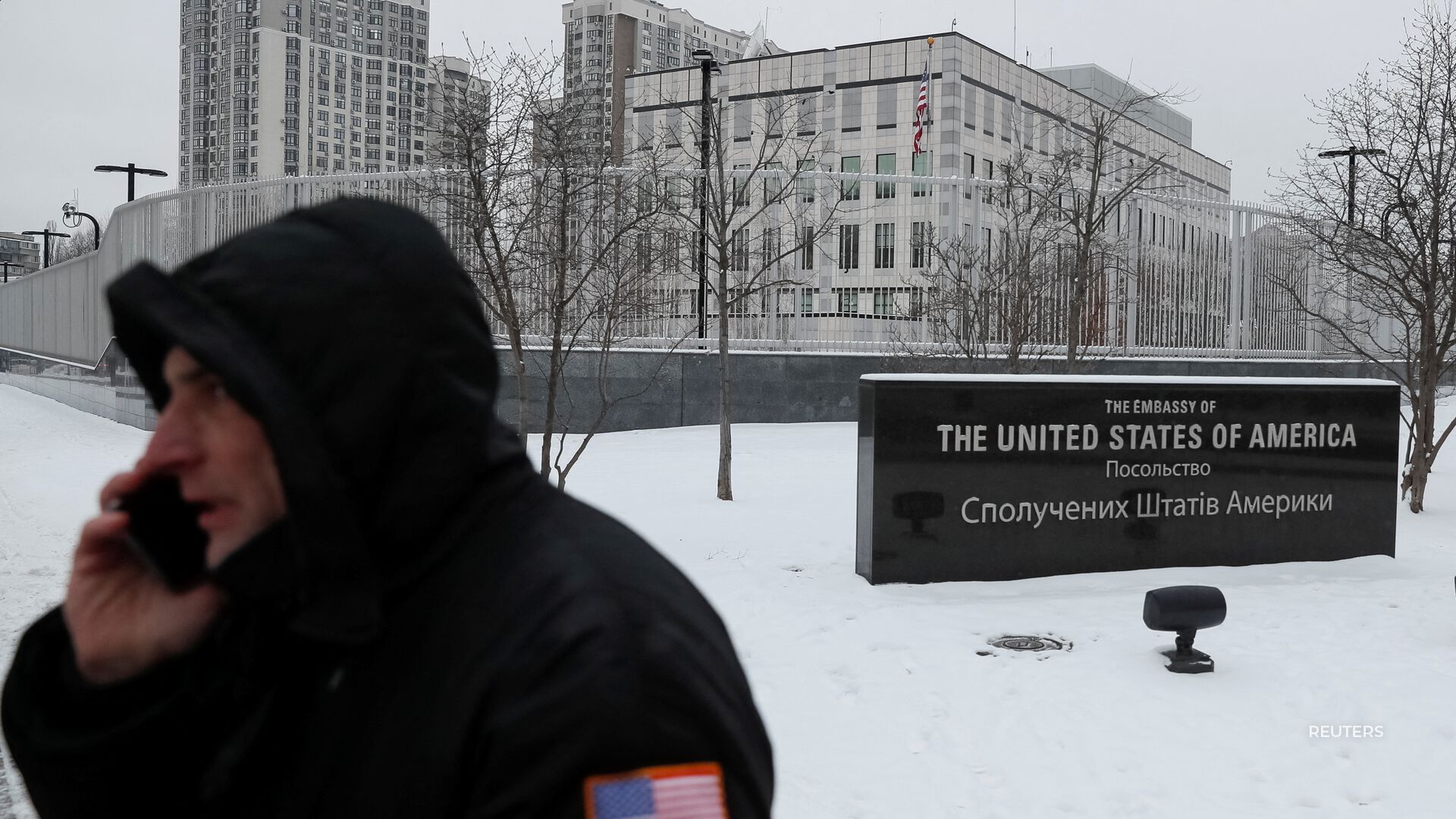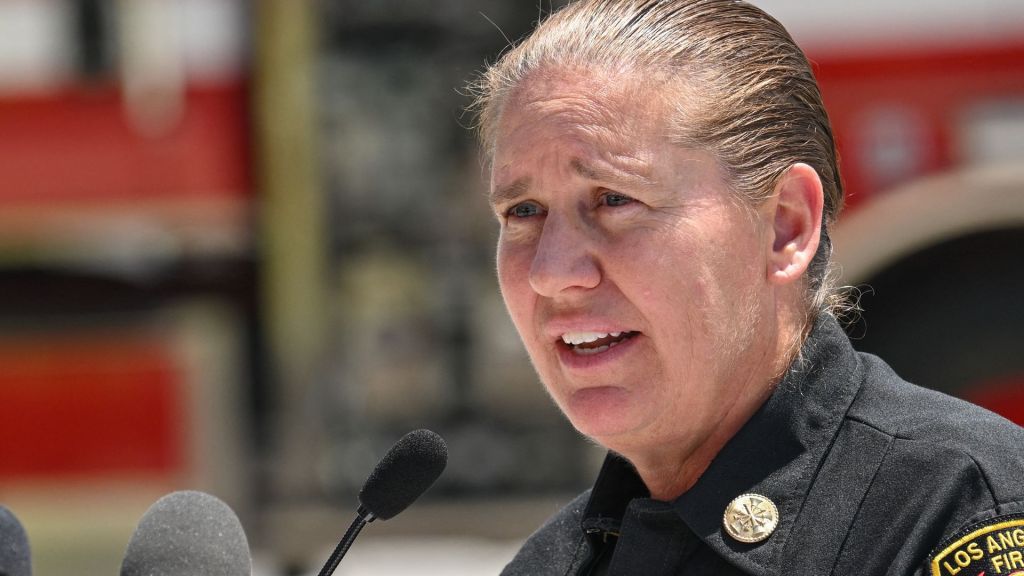
John Kirby, Pentagon Spokesman: “Now, as the president has said, even as we continue to prioritize diplomacy and dialogue, we must also increase readiness. In support of its obligations to the security and defense of NATO and the security of its citizens abroad at the direction of the president and following recommendations made by Secretary Austin, the United States has taken steps to heighten the readiness of its forces at home and abroad, so they are prepared to respond to a range of contingencies, including support to the NATO response force, if it is activated.”
“As part of that commitment, the Department of Defense maintains significant combat capable forces forward in Europe to to deter aggression and enhance the alliance’s ability to defend allies and defeat aggression, if necessary. The United States also has a commitment to provide forces to the NATO Response Force or otherwise known as the NRF, in the event that NATO should activate that construct. And as you may know, the NRF is a multinational force made up of land, air, maritime and special operations forces, all components that the alliance can deploy on short notice, wherever needed.”
“Secretary Austin has placed a range of units in the United States on a heightened preparedness to deploy, which increases our readiness to provide forces if NATO should activate the NRF, or if other situations develop. All told, the number of forces that the secretary has placed on heightened alert comes up to about 8,500 personnel.”
“As of now, the decision has been made to put these units on higher alert and higher alert only. No decisions have been made to deploy any forces from the United States at this time. And when I say heightened alert, in some cases some of these forces were already on a heightened posture, readiness to deploy posture. And the secretary decided to make it even more, shorten the tether even more. So, in some cases, units would go from, say, 10 days prepared to deploy. Now they’re at five days. That’s not the case for every unit that is being notified that they are on a heightened alert. Some are simply more ready and postured that way than others. The idea, though, is that all of these units that he is putting on prepare to deploy will be ready to go on on a shortened timeframe.”










